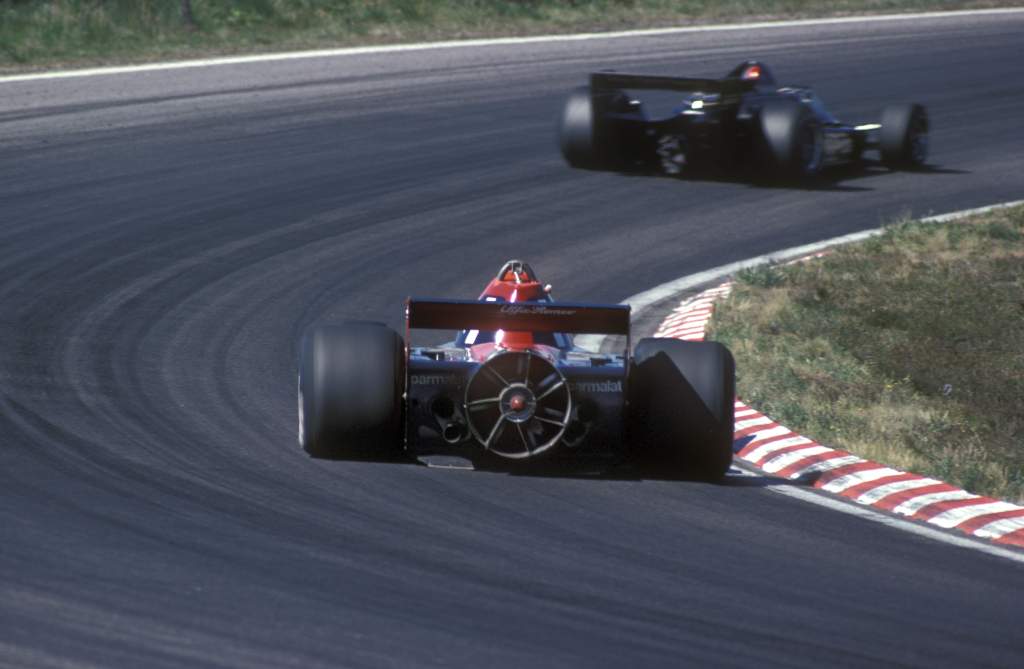Up Next

The Brabham BT46B – better known as the fan car – only raced once in Formula 1. But it made a profound impact and is celebrated to this day as a beacon of technical ingenuity.
Most F1 fans know the basic story of Gordon Murray’s car, which won the 1978 Swedish Grand Prix in the hands of Niki Lauda on its sole racing appearance. As an answer to the ground-effect innovation of Team Lotus, a fan attached to the rear of the Brabham created a similar effect by sucking air out from the underfloor of the car, pulling it closer to the ground with the side skirts sealing the sides of the floor.
But there’s a lot more to the story than that, as well as some legends about it that aren’t quite accurate. So we have picked out some facts about the fan car that you may not have known.
Alfa Romeo made the fan car necessary
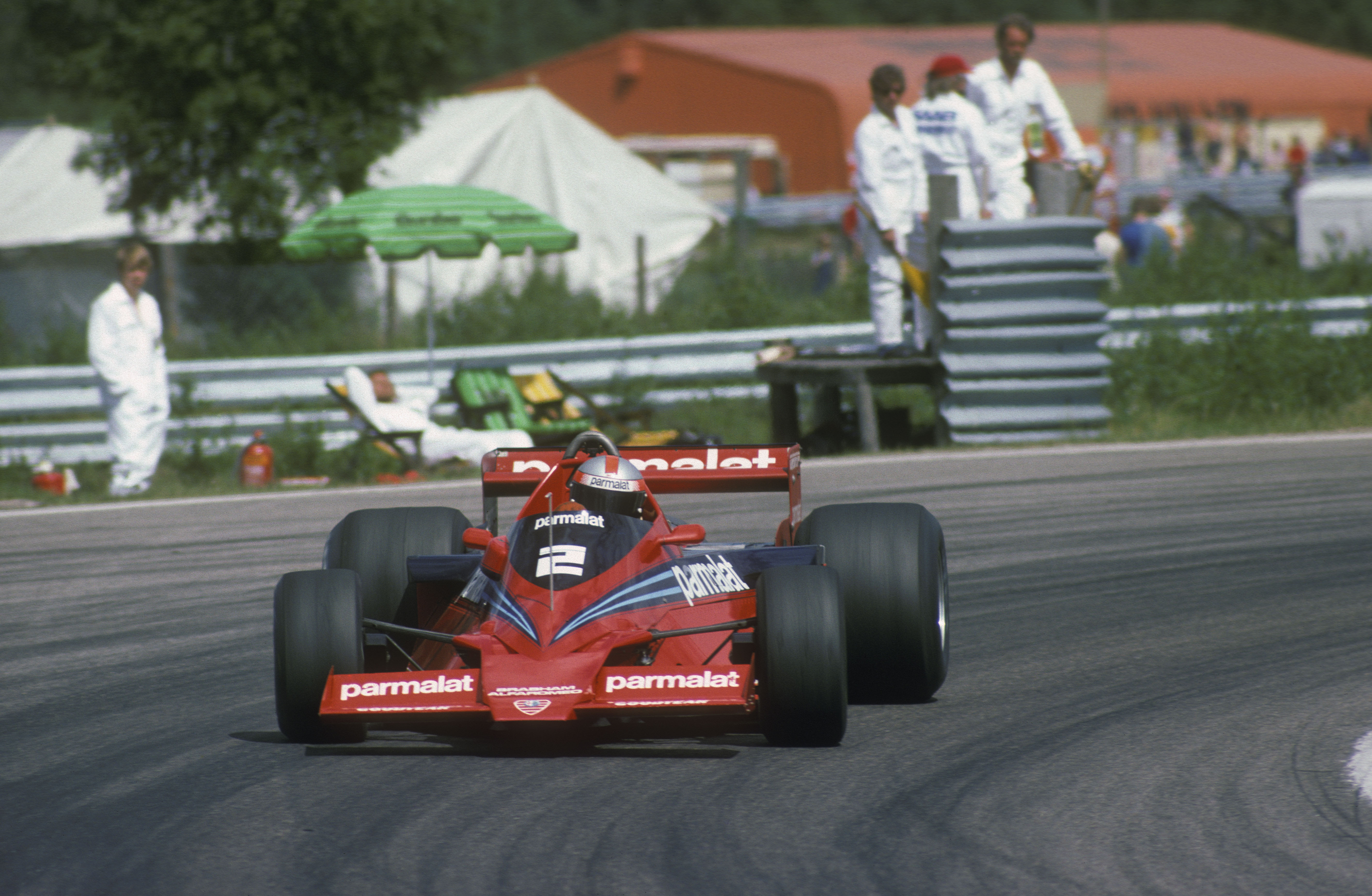
Team Lotus first ran a ground effect car in 1977, but it wasn’t until 1978 and the Lotus 79 that everybody realised the potential of such concepts. It triggered a rush for rivals to create their own ground effect designs.
But Brabham had a problem. Its car was powered by the chunky Flat 12 Alfa Romeo ‘boxer’ engine. The architecture meant any attempt to create conventional ground effect venturi tunnels was fundamentally compromised – primarily thanks to the cylinder heads being in the way. This led to the consideration of a twin-chassis design, which proved too heavy, and then the idea of the fan car.
“Gordon Murray was and is a very fine technician,” said Alfa Romeo engine boss Carlo Chiti.
“Since it was impossible to create a ground effect vehicle because of the boxer engine, he produced the idea of posterior ventilation, which guaranteed the same physical advantages as the Lotus, fitted with its skirt.”
The fan was hidden with dustbin lids
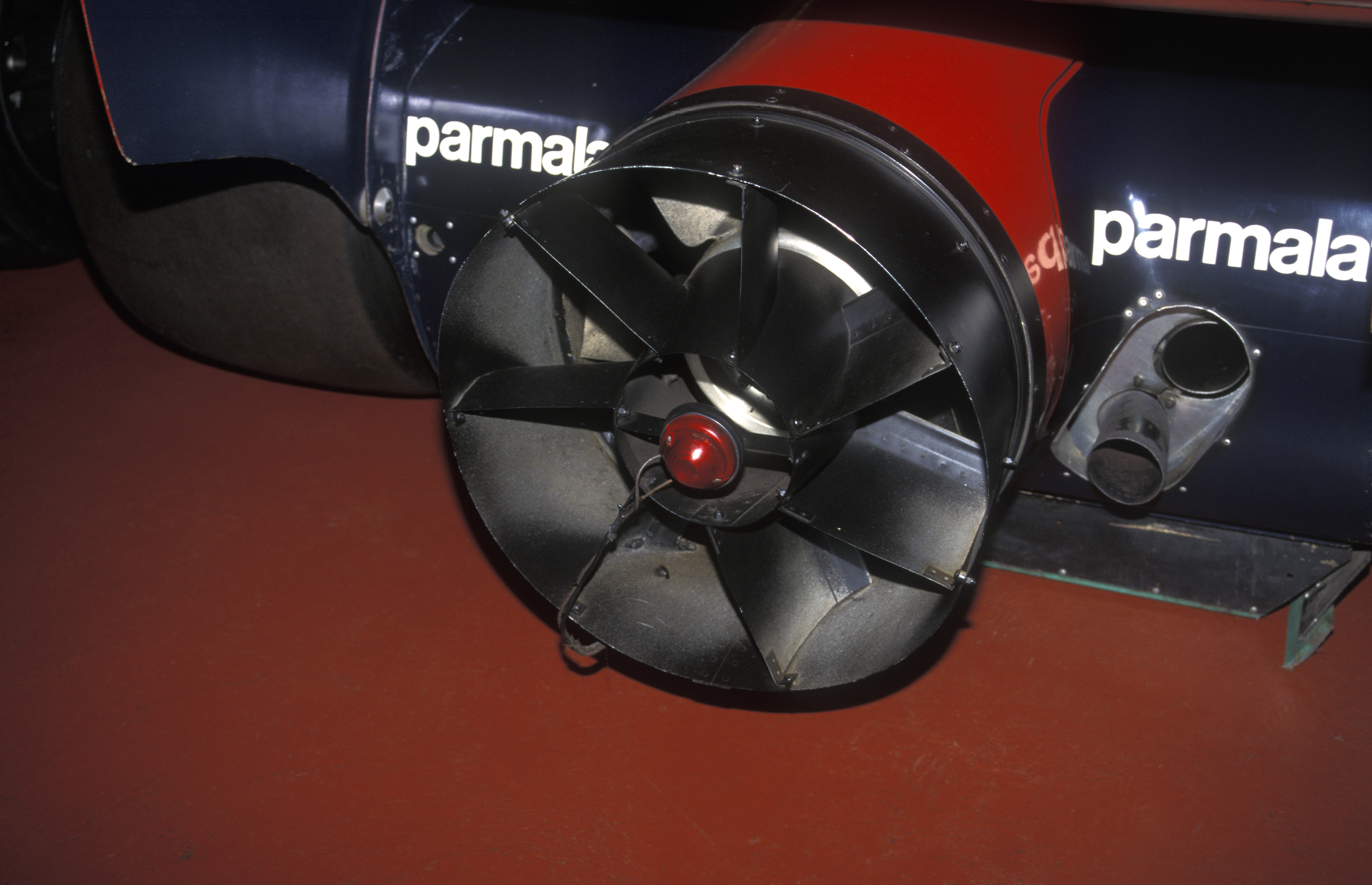
While news got out about the fan car long before it appeared, Brabham had conducted its testing in private at Brands Hatch and Alfa Romeo’s Balocco proving ground and wanted to keep details of its design hidden even at Anderstorp. The result was the fans were covered.
But whereas today’s teams would manufacture their own custom-fitted shroud, Brabham’s mechanics found a much simpler solution and found dustbin lids that happened to fit perfectly over the fan.
It cost around 30bhp

The fan was not driven by its own motor, unlike the Chaparral 2J ‘sucker car’ of 1970 that pioneered the fan car concept in racing in Can-Am. Instead, through a complicated system that connected the fan to the lower shaft of the gearbox and incorporated no less than four clutches, it was powered by the Alfa Romeo engine.
That meant around 30 brake horsepower went to the fan rather than to the wheels.
But that was an acceptable trade-off because the downforce and corner-speed gain were worth significantly more lap time.
The fan really was primarily for cooling…sort of
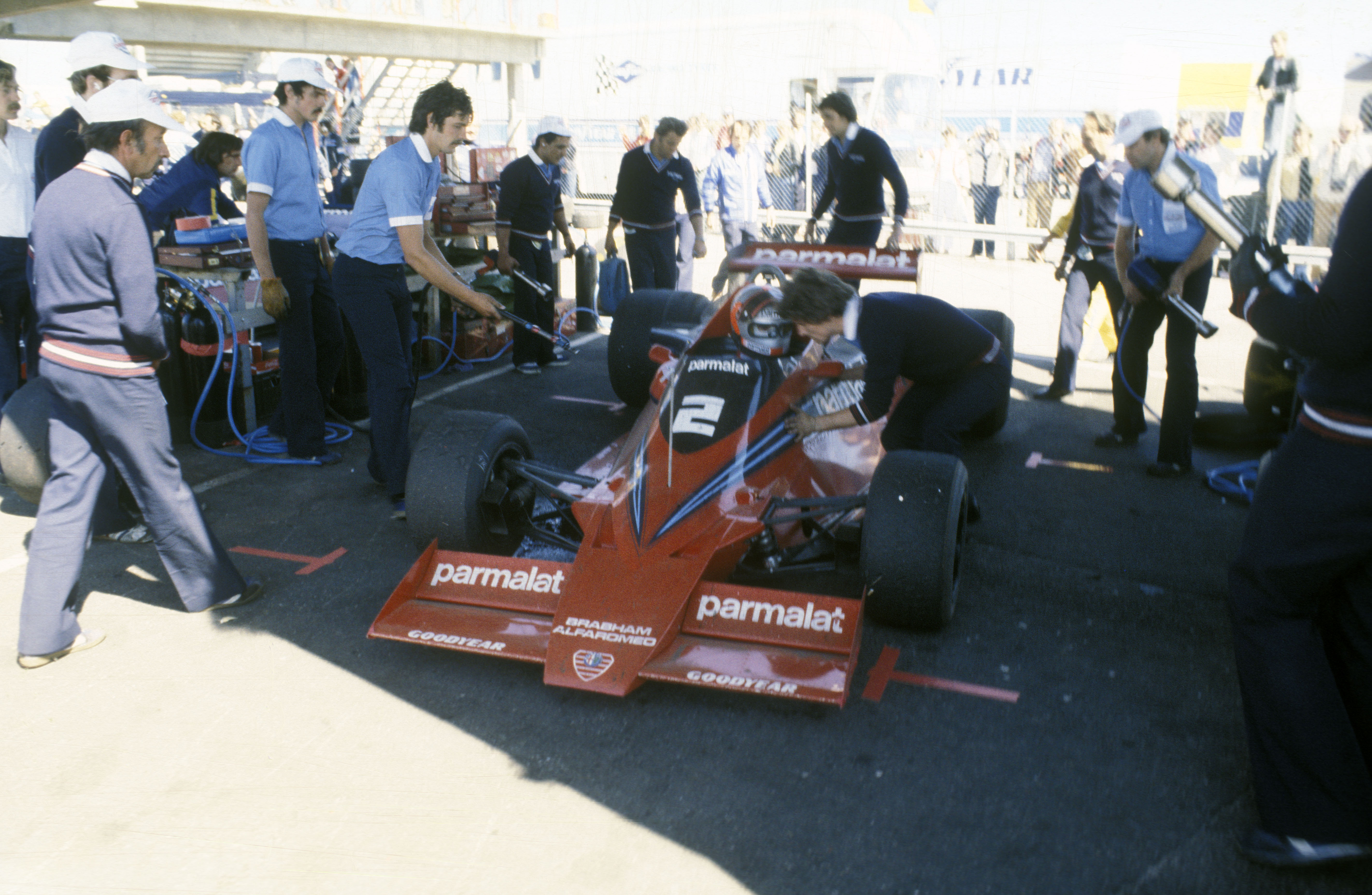
While the fan was obviously to create downforce by sucking air from the underfloor, which was sealed by the side skirts, this could not be its primary purpose according to the rules. That’s because of the way the regulations were worded.
In a change for 1978, the rule banning moveable aerodynamic devices, included a caveat. This stated that moveable aerodynamic devices were permitted if their primary purpose was not aerodynamic.
There were two effects of the fan on the Brabham. One was to help to suck the car to the ground, but the other was to increase the efficiency of the water radiator mounted horizontally on the top of the Alfa Romeo engine.
To satisfy the regulations, all Brabham needed to do was show that more than 50% of the effect was cooling.
As expected, five teams launched protests even before the race started in Sweden – Williams, McLaren, Lotus, Tyrrell and Surtees. The basis for these protests concerned not only the primary function but also whether the skirts were not fitted entirely to the sprung part of the car as the regulations demanded.
The Commission Sportive Internationale had ruled the car legal before the event and did so again in face of this protest, finding that the skirts were fixed to the sprung part of the bodywork. And, crucially for the fan, the primary function was cooling even though the aerodynamic effect was recognised.
Measurements obtained when the CSI visited Brabham’s headquarters established that more than 55% of the power of the fan was for cooling.
Although obviously, Brabham’s primary motivation for introducing the fan was aerodynamic, part of the genius of the car was producing it in a way that satisfied this regulation through the way it impacted the cooling.
It included tank parts
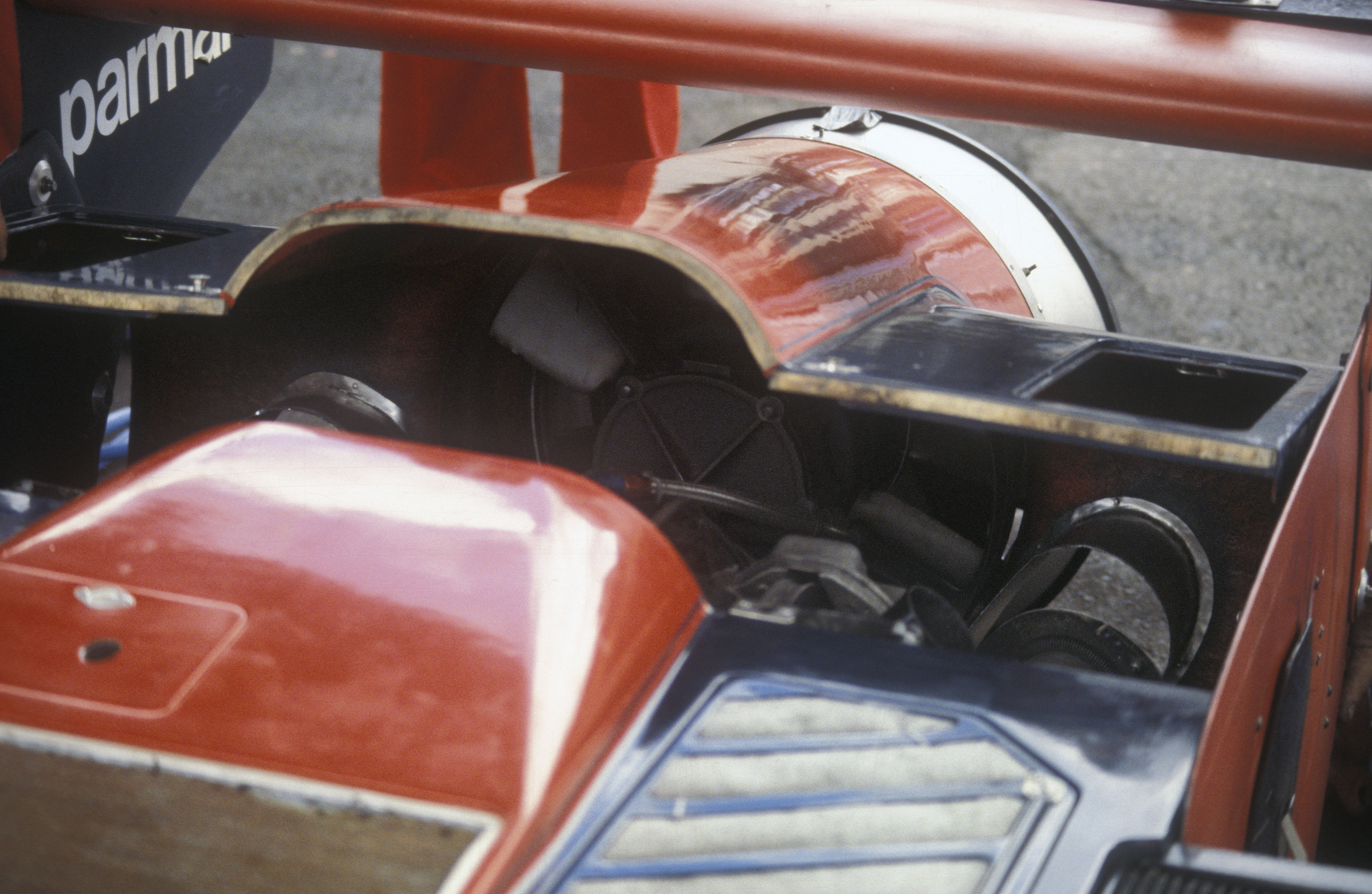
The fan itself features seven blades and required an enormous amount of work to get right. Originally, the hope was that the car might be ready for the Monaco Grand Prix in early May rather than for Sweden six weeks later. A thermodynamics specialist, David Cox, was engaged to work on the characteristics of the fan.
The fan components themselves originally came from a tank. Originally plastic, then glassfibre-reinforced nylon, these had to be beefed up significantly with magnesium blades cast.
As Gordon Murray explains in the excellent book – One Formula, 50 Years of Car Design – the hub of the fan was also reproduced at the last minute in solid aluminium following another catastrophic failure.
“During the first test, we had a catastrophic fan failure and tried different materials, which appeared to work,” said Murray. “But with just weeks to go, we had another fan-blade failure, so I had them cast in magnesium, which made them significantly heavier.
“With just one week to go before Sweden, we had another catastrophic fan hub failure. I had just enough time to machine two hubs from solid aluminium and the final assembly went off to Sweden untested.”
But despite the lack of testing of the final version of the fan, it proved reliable enough for Lauda to win at Anderstorp.
Lauda and Watson qualified on full tanks
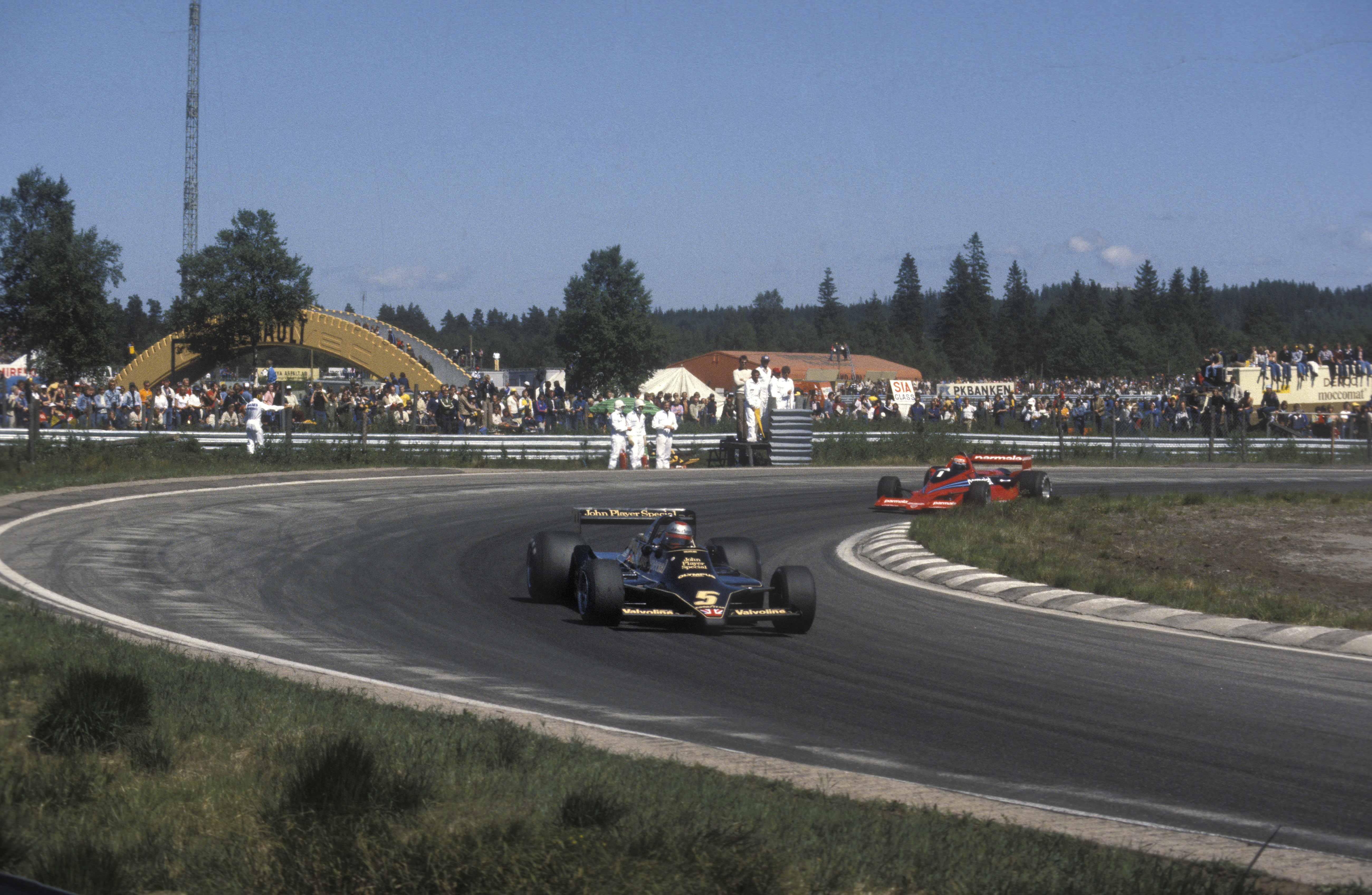
Brabham drivers Niki Lauda and John Watson were under strict instructions not to reveal just how strong the fan car was. That included being warned about how much they revved the engine in the pits given it visibly sucked the car to the ground.
But it also meant that, on the instructions of Brabham team owner Bernie Ecclestone, they ran on a heavy fuel load in qualifying to ballast what Niki Lauda called ‘the vacuum cleaner’ in his famous book, To Hell and Back.
“The vacuum-cleaner was ready in time for the Swedish Grand Prix in Anderstorp, and our biggest worry was giving the game away by demonstrating its undeniable superiority,’ said Lauda.
“John Watson and I drove the qualifying laps with full tanks and did our level best to avoid pole position.”
That explains why Mario Andretti took pole position for Lotus with an advantage of around seven-tenths of a second over the two Brabhams, with Watson qualifying second ahead of Lauda.
In the race, Lauda said he “played cat and mouse” with Andretti before overtaking him easily and winning with what he called “embarrassing ease”.
It wasn’t banned in 1978
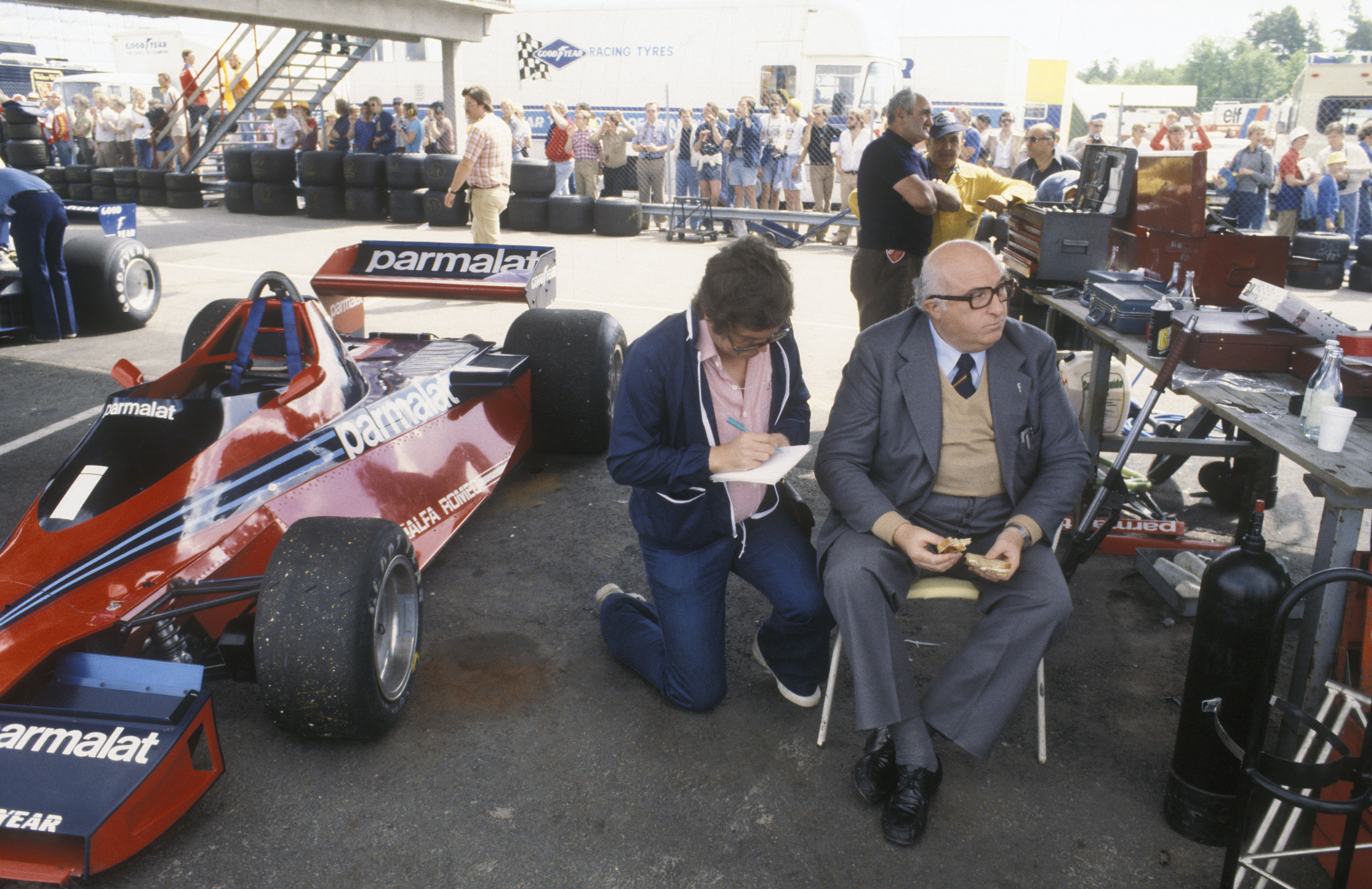
It’s often said that the fan car was banned after its one and only race, but this isn’t strictly true even though Brabham withdrew it from competition.
The CSI analysis of the car concluded that it was legal according to the regulations, with the wording changes only coming in for 1979. And while the CSI tried to frame it as a ban, there was more to the story.
Brabham team owner Bernie Ecclestone understood that his position within FOCA – the Formula One Constructors’ Association that he headed and that was the foundation of his growing power in F1 – was compromised by the fan car’s dominant performance and the potential cost implications of rivals being heavily beaten and having to respond.
So he was persuaded to drop it, creating what could be presented as a ban for the rest of 1978 even though the car remained legal for the rest of the year.
There was a second fan car design
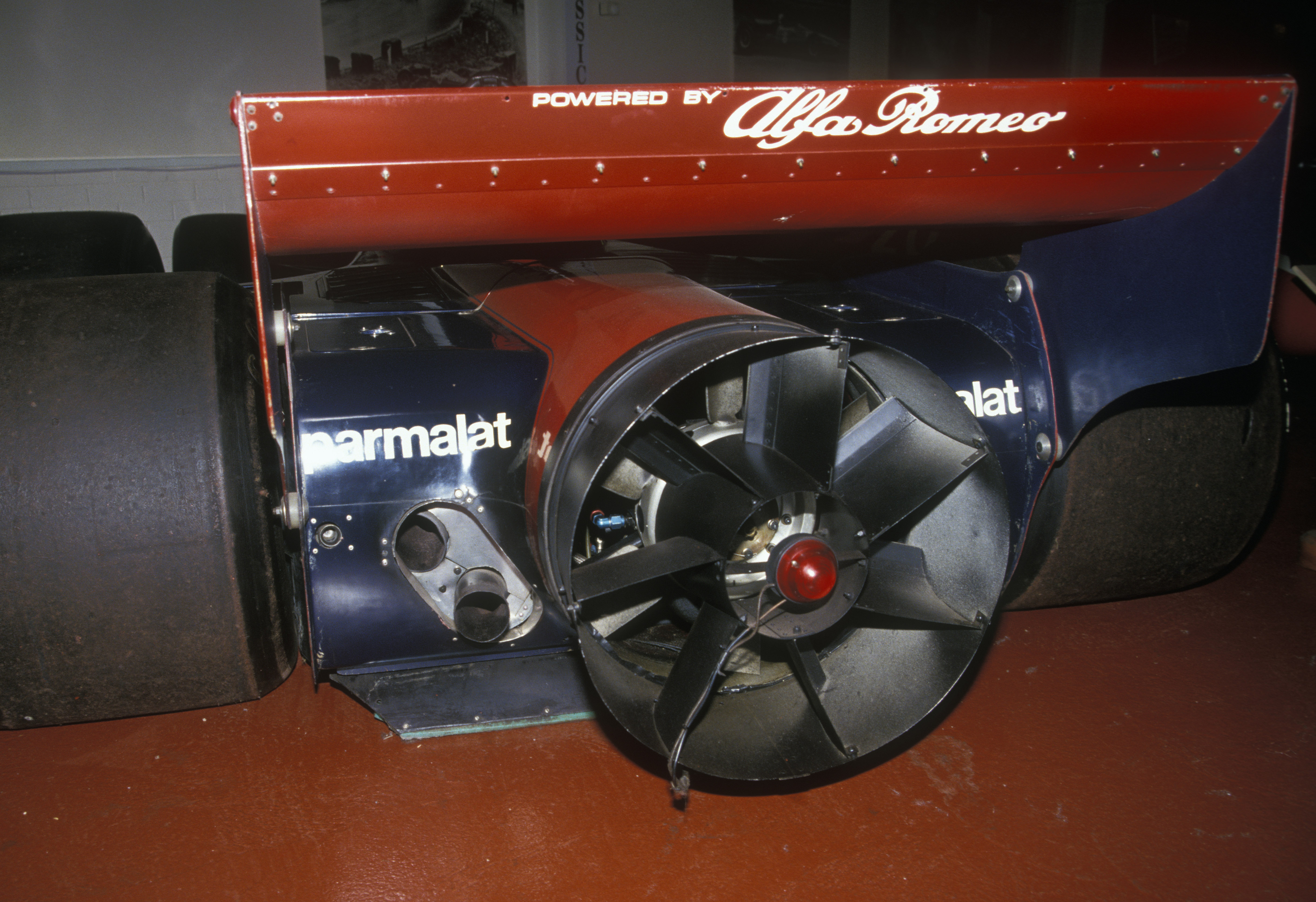
The Brabham BT46B was only Gordon Murray’s first attempt at a fan car. It was effectively a cut and shut job, adapting the existing BT46 to make the most of the concept.
But Murray was already working on a bespoke fan car, the Brabham BT47. That car never raced, in fact it was never built, given the rule changes that outlawed such designs for 1979.
There were two key changes in the nascent design. Firstly, the speed of the fan would be variable, as Murray explains in the book One Formula 50 years of Car Design.
“We were looking at a variable-pitch fan that was driven by car speed and on the straight they would feather, basically, and the car wouldn’t get hot enough with reduced cooling in that short time,” said Murray. “Then, when we got to a corner, the fan would come back on again. The car was much more boxy, so for the same suction, we would have had even more downforce.”
This would allow it to generate ground effect downforce in the corners but not sap so much power on the straights. Secondly, the area of the underfloor was increased to maximise downforce.
Instead, Murray penned the Brabham BT48. Unreliable and compromised by the chunky Alfa Romeo engine despite Chiti producing a new V12, Brabham managed only eighth in the constructors’ championship.
The fan car competed twice
While the fan car only raced once, it did also compete in a time trial event at Donington Park on June the third 1978. This was actually the competitive debut for the car.
It was one of just five cars entered for the non-championship Gunnar Nilsson Memorial Trophy. That wasn’t enough for a race, but the cars ran in what was effectively a glorified qualifying session.
Nelson Piquet drove the car and finished fourth in an event won by Williams driver Alan Jones. James Hunt (Wolf), Mario Andretti (Lotus) and Rupert Keegan (Arrows) were the other competitors.
The Brabham BT46B fan car remains one of the most remarkable cars in F1 history, with Murray’s genius allowing an elegant solution to the problem posed by the success of the Lotus 79 and the limitations he had to work within to respond.


